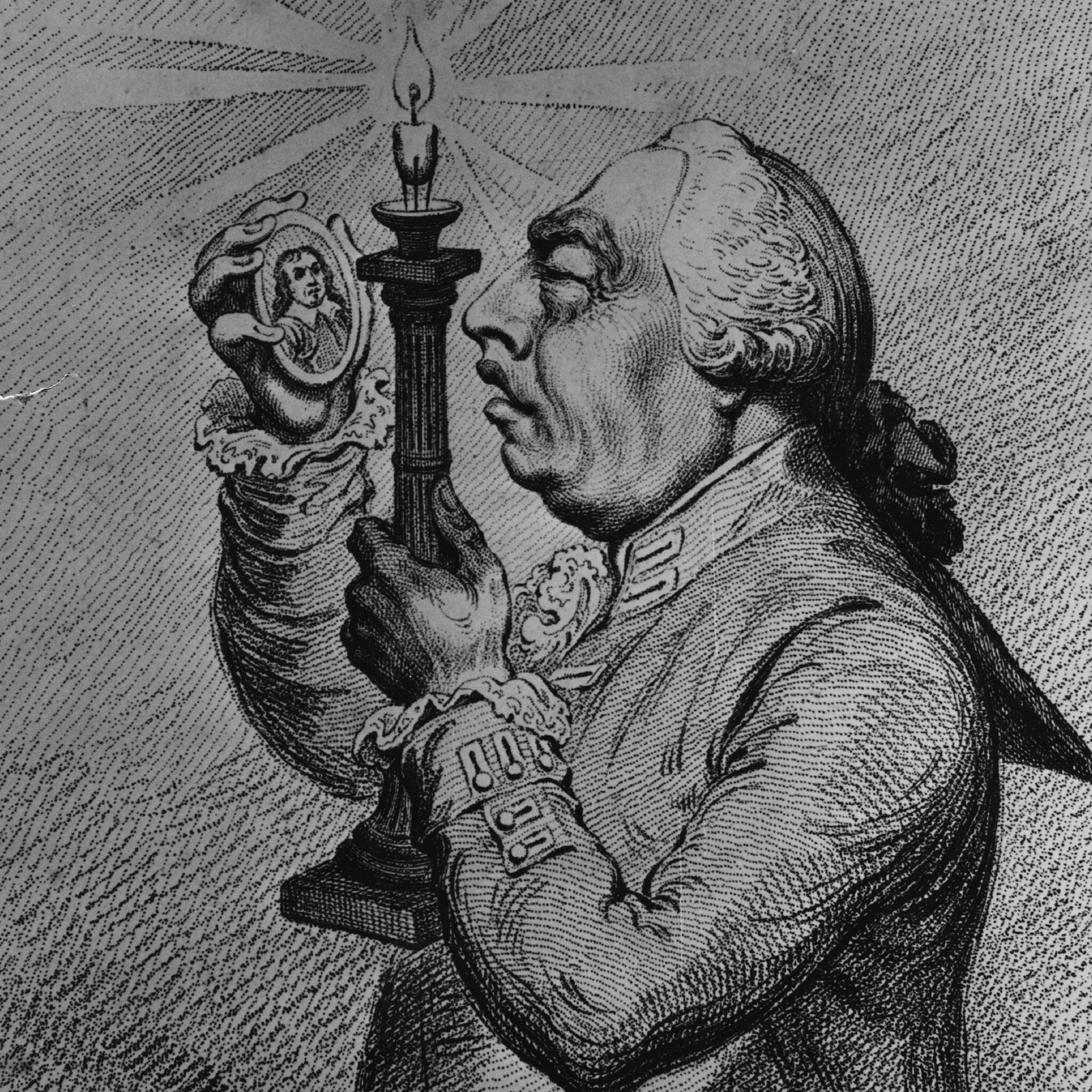The Strangest Family: The Private Lives of George III, Queen Charlotte and the Hanoverians by Janice Hadlow, book review: A blue-print for blue bloods
Hadlow mines personal letters, whose intimacy and immediacy offer a lively challenge to our preconceptions of that most stately age, and the public family at its heart

Your support helps us to tell the story
From reproductive rights to climate change to Big Tech, The Independent is on the ground when the story is developing. Whether it's investigating the financials of Elon Musk's pro-Trump PAC or producing our latest documentary, 'The A Word', which shines a light on the American women fighting for reproductive rights, we know how important it is to parse out the facts from the messaging.
At such a critical moment in US history, we need reporters on the ground. Your donation allows us to keep sending journalists to speak to both sides of the story.
The Independent is trusted by Americans across the entire political spectrum. And unlike many other quality news outlets, we choose not to lock Americans out of our reporting and analysis with paywalls. We believe quality journalism should be available to everyone, paid for by those who can afford it.
Your support makes all the difference.“I have lost my eldest son,” wrote George II upon Prince Frederick’s death, “but I was glad of it.”
The prince’s mother, Queen Caroline, had also fantasised about her unlucky son’s premature demise. Hanover family relations were never uncomplicated … so, when George III came to the throne in 1760, on the death of his old grandfather, he determined to change that. Having bought into the lessons he’d learned from his controversial tutor, the Earl of Bute, young George envisaged a monarchy whose central family was not dysfunctional, profligate or debauched, and who could thereby – that is, by example – lead a country that was moral and socially responsible and functional, too. One of the first things he did upon accession was to make peace with his estranged uncle, the unpopular Duke of Cumberland; like so much else, this act was fine symbolism, a statement about what kind of family man he meant to be, and what kind of king.
A fortnight before the coronation, George recruited a partner in this noble enterprise, the clever young German princess Charlotte of Mecklenburg-Strelitz. The new queen fulfilled a part of her role in the domestic project bravely, going through a debilitating 15 pregnancies in 15 years – 13 of the children survived to adulthood. Indeed, one of the many pleasures of Janice Hadlow’s attempt to understand the dynamics of this strangest of families is the picture it paints of a new conception of attitudes to parenting, childbirth, and childhood itself. (Rousseau’s landmark work Émile was published the year the couple’s first child arrived.)
But George’s experiment in moral domesticity didn’t work as well as he’d hoped. The King never warmed to his sons – with the relationship with the Prince of Wales (later the Prince Regent, eventually George IV) the most obviously sour and resentful of the lot. The loss of the American colonies was personally bruising to the King; the appearance and reappearance of his bouts of madness and, alongside this, the queen’s increased isolation and deepening depression, shook his authority in public as well as compromising his private world.
It’s in the nature of royalty that domestic matters are played out on a big, public stage, but for George the yoking together of these two dimensions was quite deliberate, if ill-fated. Hadlow’s energetic, richly detailed debut combines personal sympathy for her subjects with a shrewd alertness to wider significances. She uses well-known court-side chroniclers like Fanny Burney, but also mines personal letters, whose intimacy and immediacy offer a lively challenge to our preconceptions of that most stately age, and the public family at its heart.
Join our commenting forum
Join thought-provoking conversations, follow other Independent readers and see their replies
Comments